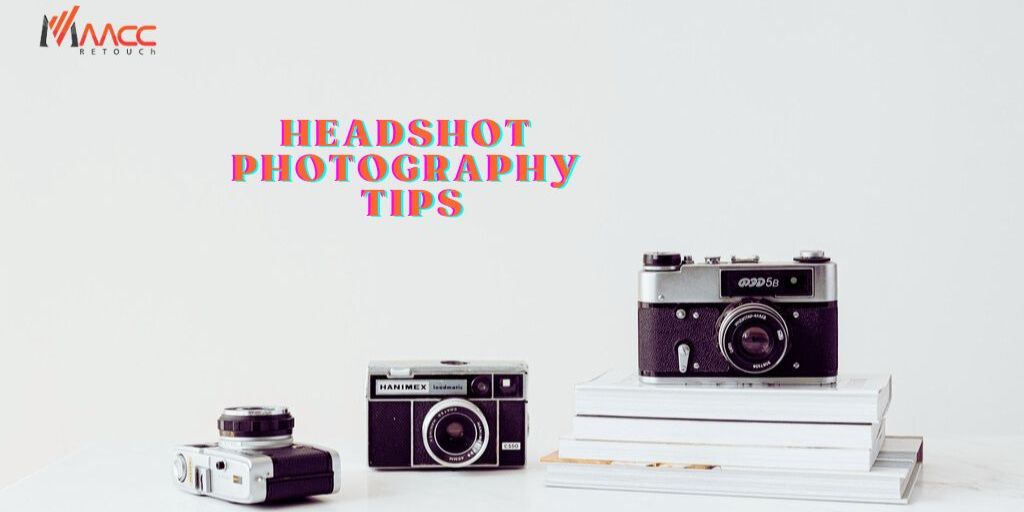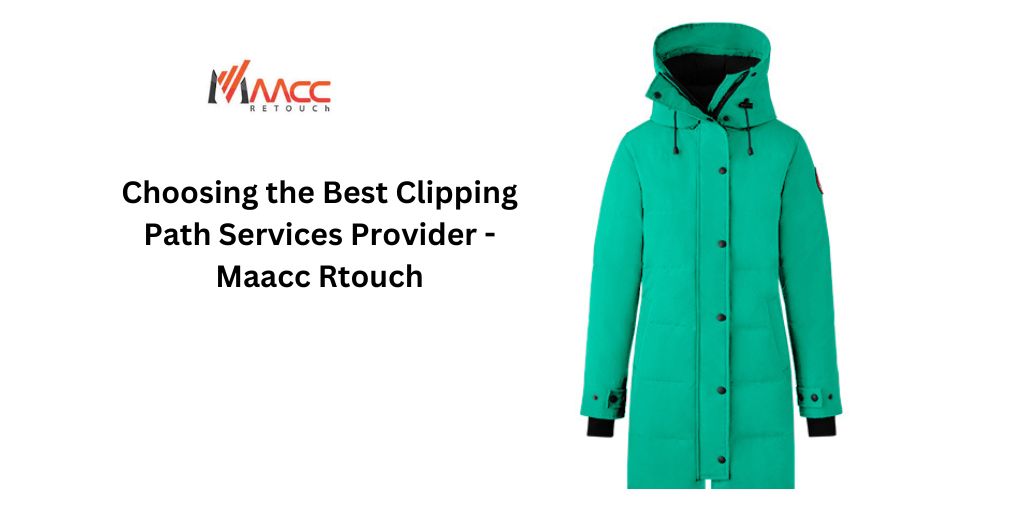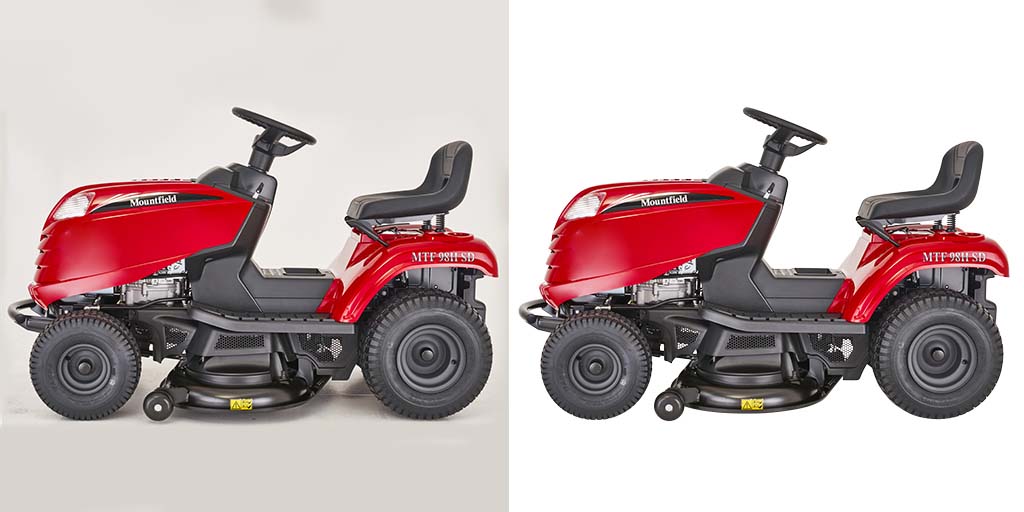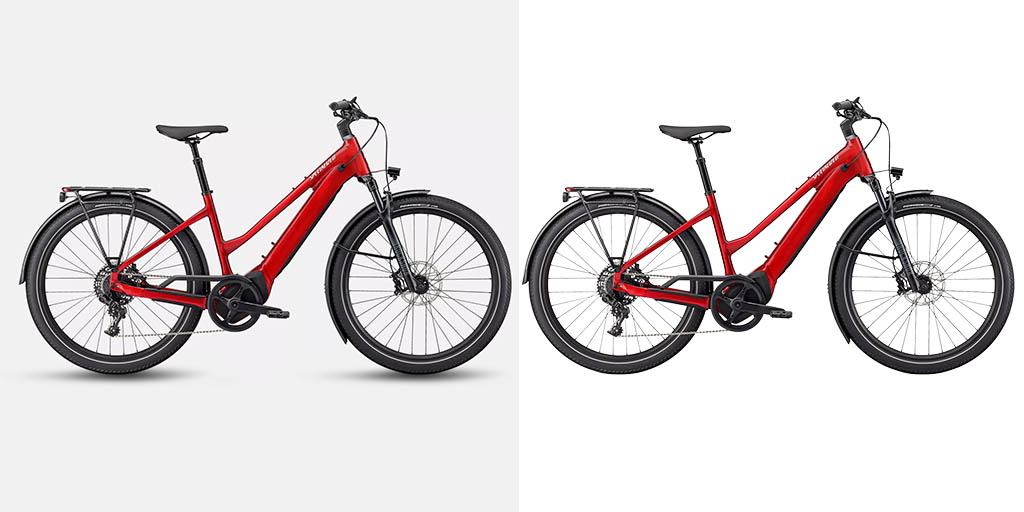Aspiring to explore the world of headshot photography? You should get started with our expert headshot photography tips. Headshot photography is a popular and essential form of portraiture for various reasons. Headshots are commonly used for professional purposes, such as business profiles, resumes, and social media. They provide a polished and professional representation of the individual, making a strong first impression.
Creating stunning headshots is more intricate than it may appear. It involves the meticulous selection of appropriate settings, the precise consideration of composition, the attainment of an appealing background blur, and the assurance that the subject’s expression is aesthetically pleasing, among other critical factors.
From understanding the purpose of a headshot and setting the right mood to perfecting composition, lighting, and posing, these tips will empower you to create headshots that showcase the unique personality and professionalism of your subjects. So get ready to dive into the world of headshot photography and discover the valuable insights and techniques that will take your portraits to the next level.
What Are Headshots?
Before diving into our headshot photography tips, you should have an understanding of what are headshots. Alright, headshots are a specific type of portrait photography that focuses on capturing an individual’s face, typically from the shoulders up. Headshots serve as a representation of the person and are commonly used for professional purposes, such as actor or model portfolios, corporate profiles, websites, resumes, and social media profiles.
Headshots often feature a neutral or simple background to keep the attention on the subject’s face. The lighting is usually soft and even, with emphasis on well-lit eyes and a clear representation of facial features. The style of headshots can vary depending on the intended use and the desired image, ranging from formal and professional to casual and approachable.
What makes high-quality headshot photography essential?
A headshot is virtually a must-have, and you can’t simply enter your bedroom, strike a pose against the wall, and take a low-quality selfie. Instead, you require a refined and professionally captured image.
Whether you’re a freelancer, a small business owner, or a student, your headshot functions as a visual representation of your qualifications. It has the potential to open doors or close them. A high-quality headshot is your initial point of contact. It serves as the first impression people form of you, and frequently, it occurs well before any in-person meeting.
Your headshot is omnipresent, adorning LinkedIn profiles, gracing business cards, and adoring personal websites as well as corporate directories. This widespread presence underscores the increasing importance of getting it spot on. A subpar or even a merely average headshot can inadvertently communicate an absence of professionalism, jeopardizing valuable opportunities before you can even utter, ‘Hold on!’
Better headshots create stronger impressions, opening doors professionally and personally. Investing in quality headshots offers substantial returns, making headshot photography a valuable skill for portrait photographers.
Why Do People Need Headshots?
People need headshots for a variety of reasons, as they serve as a tool for personal and professional branding. Here are some common reasons why individuals require headshots:
Professional Representation
Headshots are often used for professional purposes, such as corporate profiles, job applications, resumes, and business websites. They provide a visual representation of an individual’s professionalism, credibility, and personal brand.
Acting and Modeling
Actors and models rely heavily on headshots as a means to showcase their versatility and physical appearance. Casting directors and agents use headshots to assess an individual’s potential fit for specific roles or campaigns.
Social Media and Online Presence
With the rise of social media platforms and online networking, having a polished headshot has become essential. Profiles on platforms like LinkedIn, Facebook, Instagram, and professional directories benefit greatly from a professional headshot, which helps create a positive and memorable first impression.
Public Speaking or Conferences
Speakers and presenters often use headshots for promotional materials, event websites, programs, and speaker bios. A headshot with a friendly and confident expression can help engage audiences and establish trust.
Networking and Business
Headshots are advantageous for entrepreneurs, business owners, and professionals seeking to create a strong personal brand and make connections. They can be included in marketing materials, business cards, portfolios, and press releases to enhance visibility and leave a lasting impression on potential clients or collaborators.
Creative and Artistic Pursuits
Artists, musicians, performers, and creatives in various fields may need headshots to showcase their talent, personality, and style. These headshots can be used for album covers, promotional materials, online portfolios, or press kits.
Public Relations and Media
Public figures, executives, and influencers often use headshots for media appearances, press releases, magazine features, or interviews. Professionally captured headshots help establish a recognizable and relatable image in the public eye.
Types Of Headshot Photography
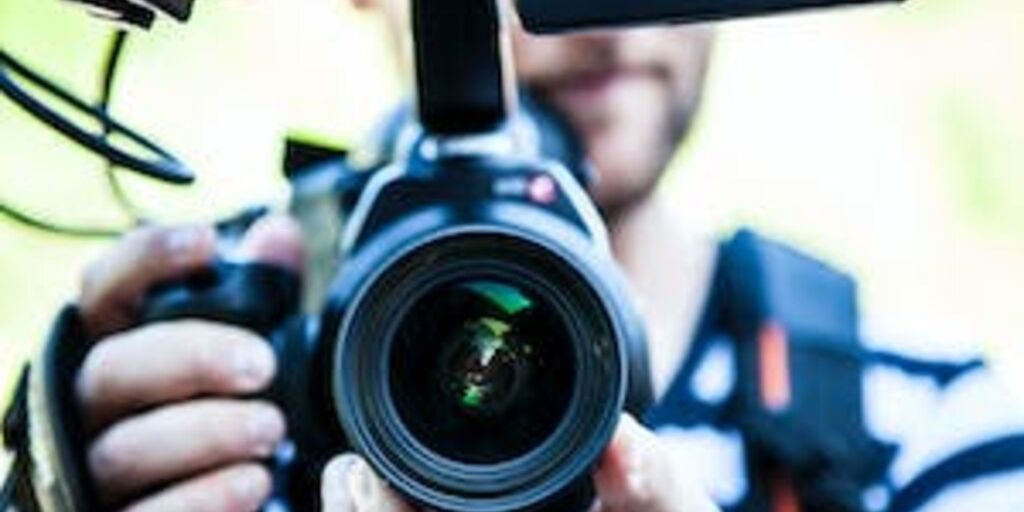
Headshots are a powerful tool for individuals seeking to make their mark professionally and personally. From understanding the purpose of a headshot to mastering composition, lighting, and posing, these techniques will help you capture captivating and professional images that effectively represent your unique identity.
1. Business Headshots
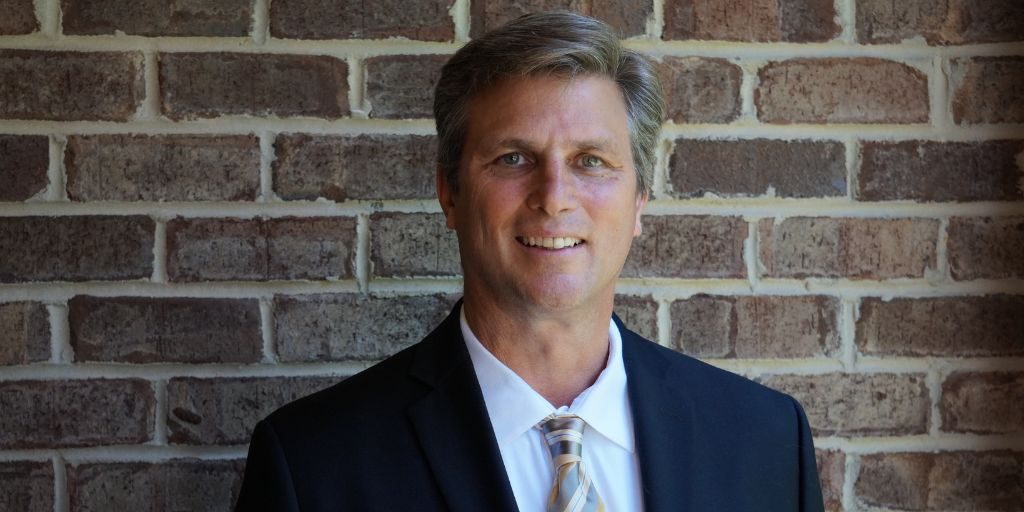
Business headshots are formal and polished, typically taken in a studio or professional setting. They focus on projecting a person’s professionalism and reliability, often used for corporate profiles, websites, resumes, and LinkedIn profiles.
Business headshots are essential for professionals looking to present themselves in a polished and credible manner. These headshots are typically used for corporate profiles, resumes, professional networking platforms, and websites. With a focus on professionalism and approachability, business headshots should reflect the individual’s expertise and personal brand. Whether photographed in a studio or on location, proper lighting, attire, and posing techniques are crucial to creating headshots that convey competence and trustworthiness. This guide will provide you with valuable tips and techniques to capture impactful business headshots that leave a lasting impression on clients, employers, and colleagues.
2. Actor Headshots
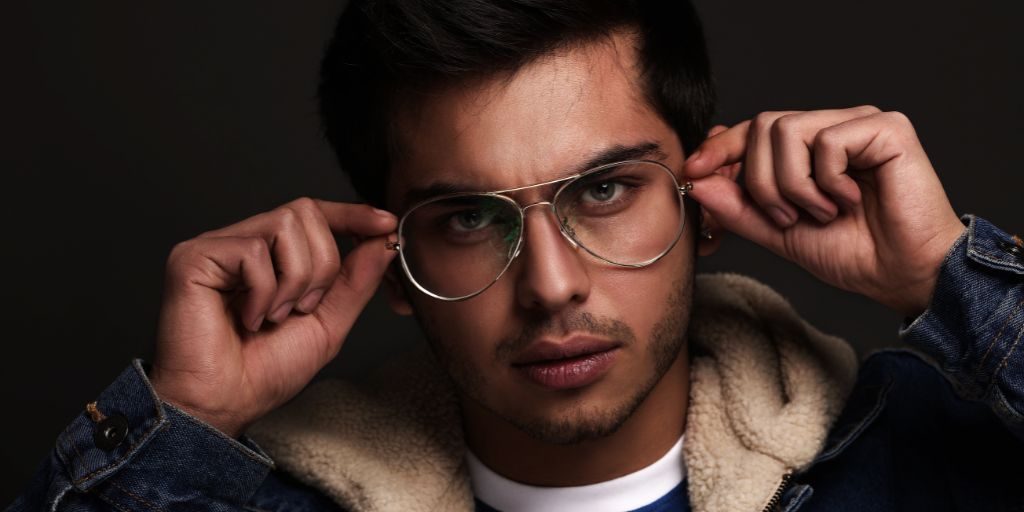
Actor headshots are specifically designed to showcase an individual’s versatility and acting range. They aim to capture the essence of the actor and provide potential casting directors with a glimpse of their potential for different roles.
Actor headshots are a vital tool for aspiring actors and professionals in the entertainment industry. These portraits aim to capture the unique essence and versatility of an actor and are used for auditions, casting submissions, portfolios, and promotional materials. Actor headshots should showcase the individual’s range, personality, and ability to embody different characters.
They often require a balance between commercial looks (smiling, friendly) and dramatic looks (serious, intense) to demonstrate the actor’s versatility. This guide will provide you with invaluable tips and techniques to create compelling actor headshots that captivate casting directors and help actors stand out in a competitive industry.
3. Modeling Headshots
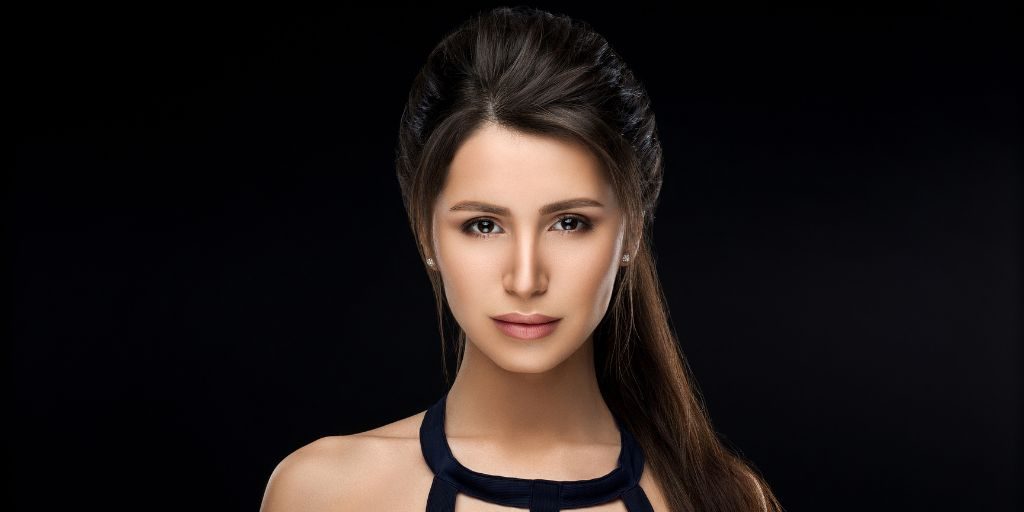
Modelling headshots emphasize an individual’s physical appearance, versatility, and ability to showcase different moods and expressions. These headshots often feature various poses, lighting styles, and a focus on fashion and style trends.
Modelling headshots often feature close-ups of the model’s face, focusing on their distinct features like eyes, hair, and bone structure. These headshots may include a variety of poses, expressions, and wardrobe choices to demonstrate the model’s range and versatility. Lighting techniques are used to accentuate the model’s facial features and create a visually striking image.
4. Corporate Headshots
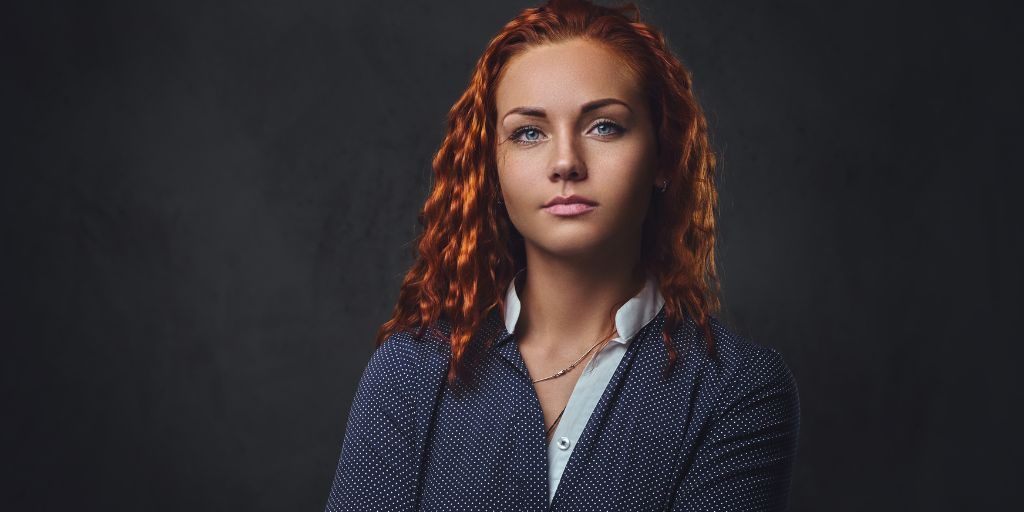
Corporate headshots are tailored for professionals working in a specific industry or company. These headshots usually adhere to a company’s branding guidelines and aim to project a cohesive and unified look for the entire team. Corporate headshots are commonly used on company websites, annual reports, press releases, and other corporate materials.
Corporate headshots are professional portraits taken specifically for business purposes. They are widely used for corporate profiles, company websites, LinkedIn profiles, press releases, and other promotional materials.
Corporate headshots aim to portray individuals in a professional and trustworthy light, reflecting their competence, expertise, and professionalism. These portraits typically feature a clean and simple background, with a focus on the subject’s face and upper body. The lighting is often soft and even, emphasizing clarity and approachability.
5. Creative Headshots
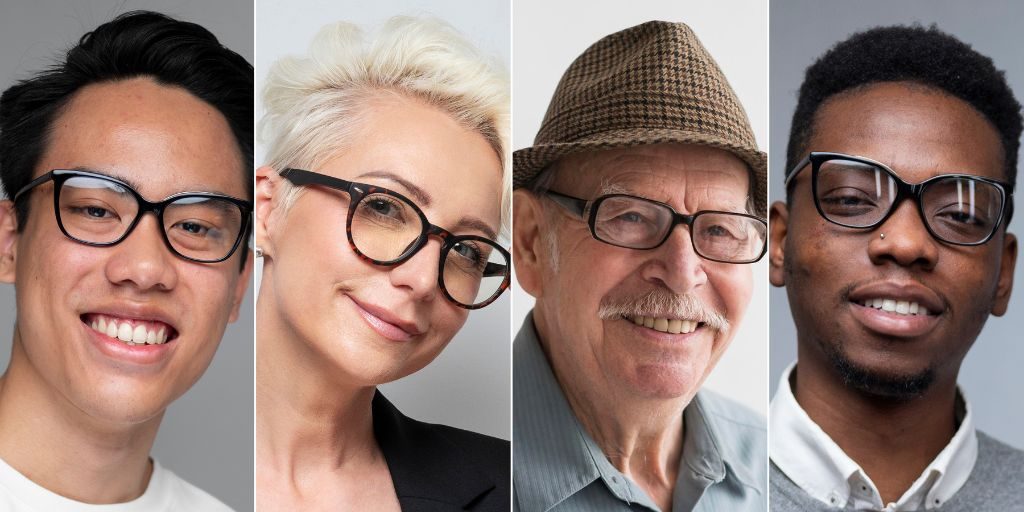
Creative headshots allow for more artistic freedom and experimentation. They can incorporate unique compositions, unconventional lighting techniques, and creative post-processing styles to create visually striking and memorable images. Creative headshots are often sought after by artists, musicians, performers, and individuals looking for a distinctive and captivating representation.
Creative headshots focus on capturing the essence of the subject in a way that is visually captivating and thought-provoking. They often involve experimental poses, unique props, and artistic styling to evoke emotion and create a memorable impact.
Environmental headshots incorporate the subject’s surroundings into the portrait. They are typically taken in a location relevant to the individual, such as their workplace, studio, or a setting that reflects their personality or profession. Environmental headshots aim to provide context and tell a story about the subject’s identity and work.
6. Casual Headshots
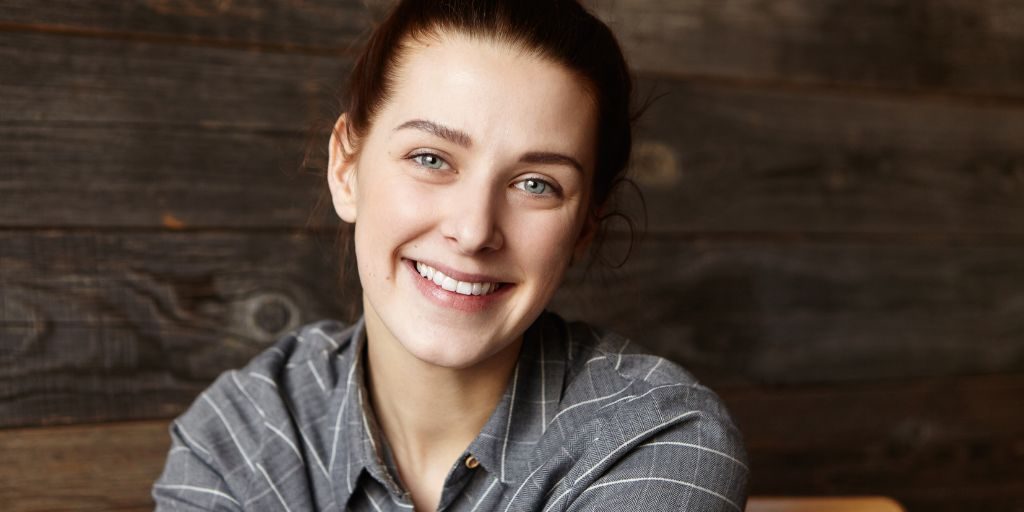
Creative headshots allow for more artistic freedom and experimentation. They can incorporate unique compositions, unconventional lighting techniques, and creative post-processing styles to create visually striking and memorable images. Creative headshots are often sought after by artists, musicians, performers, and individuals looking for a distinctive and captivating representation.
Creative headshots focus on capturing the essence of the subject in a way that is visually captivating and thought-provoking. They often involve experimental poses, unique props, and artistic styling to evoke emotion and create a memorable impact.
Environmental headshots incorporate the subject’s surroundings into the portrait. They are typically taken in a location relevant to the individual, such as their workplace, studio, or a setting that reflects their personality or profession. Environmental headshots aim to provide context and tell a story about the subject’s identity and work.
Difference Between A Headshot And A Portrait
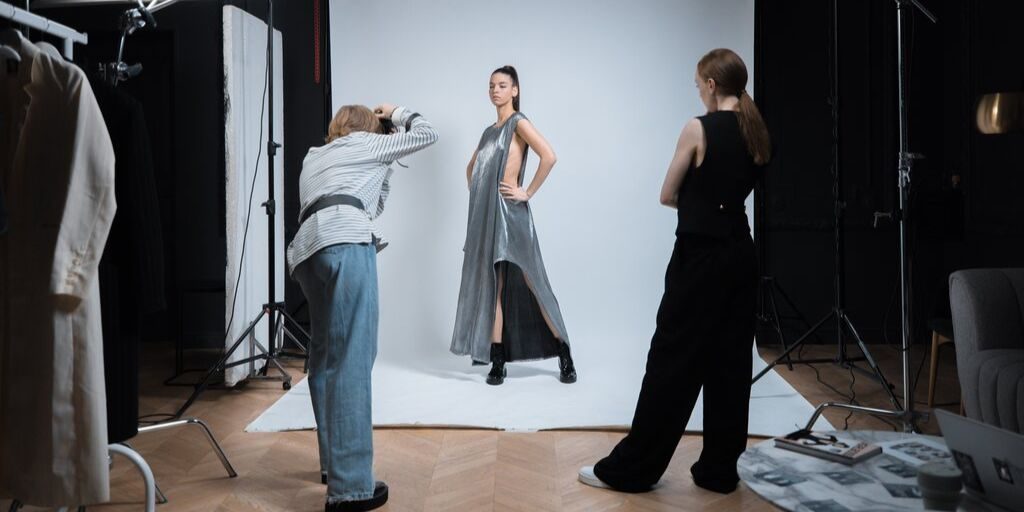
Headshots and portraits both serve as powerful forms of visual representation, but they have distinct purposes and styles. While headshots focus primarily on showcasing the subject’s face for professional or promotional purposes, portraits allow for more creative expression, context, and storytelling. Let’s explore the differences between these captivating forms of photography.
The terms “headshot” and “portrait” are often used interchangeably, but there are some key differences between the headshots and portraits:
Focus
A headshot is primarily focused on capturing the subject’s face, typically from the shoulders up. The main objective of a headshot is to showcase the individual’s features, expressions, and professionalism. On the other hand, a portrait may include the subject’s entire body or capture them in a specific context, providing a broader representation of their personality and identity.
Purpose
Headshots are commonly used for professional and promotional purposes, such as actor portfolios, corporate profiles, and online presence. They serve as a visual representation of the individual for career-related or branding purposes. Portraits, on the other hand, have a broader range of purposes, including personal projects, artistic expression, storytelling, and capturing moments of significance or emotional connection.
Style
Headshots often have a more standardized and controlled style. They typically feature simple backgrounds, well-lit faces, and minimal distractions, with the focus squarely on the subject. In contrast, portraits allow for more creative freedom and experimentation. Portraits can incorporate various compositions, lighting techniques, and artistic elements to convey a specific mood, personality, or narrative.
Intimacy and Context
Headshots prioritize a close connection with the subject, focusing on capturing their personality and approachability. Portraits, on the other hand, may aim to convey a deeper sense of intimacy, capturing the subject in their natural environment or depicting their relationship with others. Portraits often provide more context and storytelling elements, creating a broader narrative around the subject.
What Equipment Do I Need for Headshot Photography?
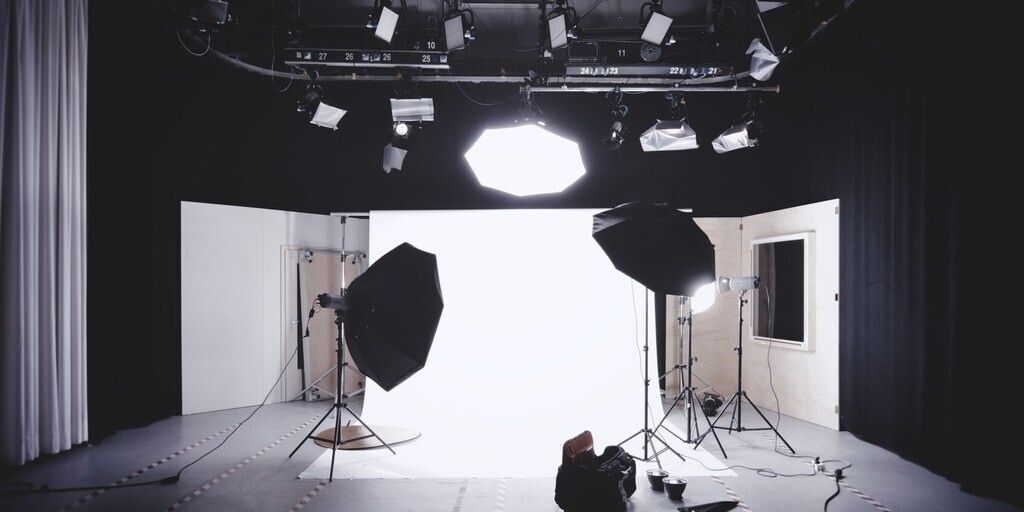
A camera with interchangeable lenses
Begin with a camera equipped with interchangeable lenses, as this will serve as your main instrument and should be capable of meeting your needs.
Why opt for interchangeable lenses? They provide exceptional versatility and image clarity. You can select the ideal lens for each particular shot, ensuring that you achieve the best possible outcome. Fixed-lens cameras might restrict you to a less-than-ideal perspective that fails to highlight the true essence of your subject.
Furthermore, interchangeable lens cameras come with larger sensors, leading to superior image quality. Hence, considering a DSLR or a mirrorless camera is a solid initial choice.
An excellent portrait lens
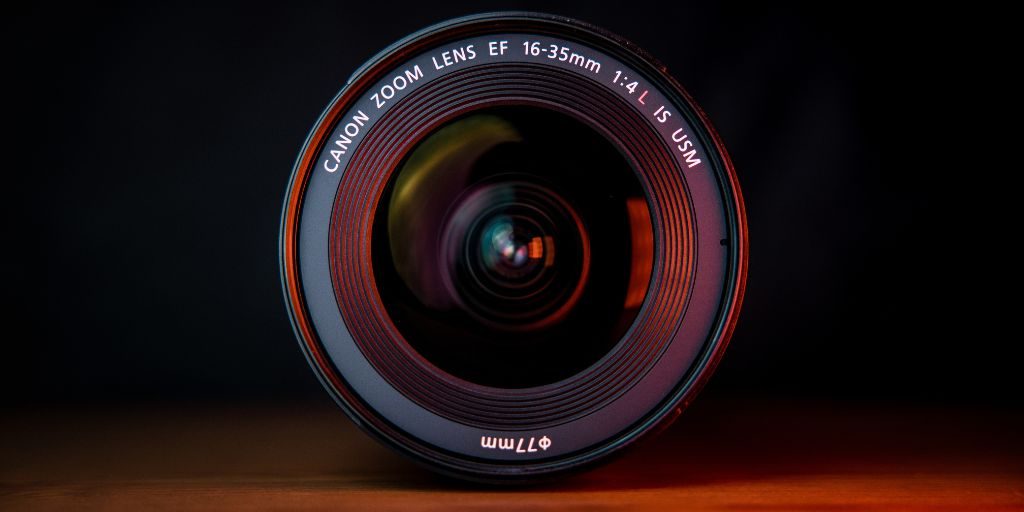
The choice of the right lens can significantly impact your headshot photography. If you can only use one lens, my top recommendations would be a 50mm prime or an 85mm prime.
These standard and short-telephoto focal lengths closely mimic the natural field of view of the human eye, reducing unflattering distortion. Additionally, both 50mm and 85mm prime lenses feature wide apertures, allowing for beautiful background blur to make your subject stand out.
Between 50mm and 85mm, your decision mostly depends on your shooting environment. A 50mm lens is more convenient in smaller studios or limited spaces, while an 85mm lens is ideal if you have more room and desire a tighter composition.
An off-camera flash unit
Most professional headshot photography occurs indoors, typically in a studio or at the client’s workplace, where natural light can be limited. Even in well-lit areas with ample windows, you often lack control over light’s intensity and direction. Therefore, I strongly advise using at least one off-camera flash.
Off-camera flashes provide the flexibility to position your light source at various angles, enabling a range of creative effects. Whether you aim for a dramatic or clean look, or something in between, this control over light’s direction and intensity can yield significant improvements in your results.
A reflector
Reflectors don’t generate light; they redirect it. When you have just one off-camera flash or you’re relying on natural light, a reflector can effectively help balance the lighting on your subject.
Strategically positioning a reflector can diminish undesired shadows, especially those beneath the eyes or chin, which are frequent challenges in headshot photography. Reflectors are also highly portable as they are lightweight and can be folded up for easy transport. They typically come in various colors such as white, silver, or gold, each providing a different characteristic of light reflection.
A tripod
Whether or not you’re using off-camera flashes, a reliable tripod plays a crucial role in your headshot setup. First and foremost, it provides you with freedom. Once you’ve composed your shot, a tripod enables you to interact with your subject without worrying about losing your framing. You can step away from behind the camera to communicate, suggest various poses, and more.
Additionally, a tripod is indispensable when photographing multiple individuals in succession, such as during a rapid office photoshoot for all employees. It allows you to set up your lighting and composition, secure your camera in place, and maintain consistency in your results.
Photographic studio backdrops
Having diverse backgrounds at your disposal allows you to offer your subjects choices. Some may prefer a natural setting, while others might desire a formal backdrop like seamless paper in black or white. Providing these options enhances your service and personalizes the session.
Moreover, the right background can significantly enhance the overall ambience of the headshot, introducing depth or simplicity according to the desired look. Ultimately, having a range of backgrounds ready provides the flexibility to meet various client expectations and enriches the creative potential of your work.
Primer on Headshot Photography Lighting
Effective lighting is a non-negotiable aspect of professional headshot photography, and cutting corners on your lighting techniques is a definite no-go. Lighting should be precise and thoughtfully placed. Fortunately, once you grasp the fundamentals, achieving a consistent and high-quality appearance becomes quite manageable.
For business and actors’ headshots, I typically opt for even lighting. While there are scenarios where low-key images with moody, black backgrounds work well, I generally aim for a well-balanced, detailed effect. A classic beauty lighting setup, featuring one light from above and a second light or a reflector for fill light from below, is effective. You can also experiment by positioning the key light slightly off-centre to add depth and definition to your subject’s features.
Headshot Photography Tips & Strategies

Headshot photography is a rapidly expanding industry, driven by the evolving nature of work and the growing importance of online presence. As the pandemic has spurred career changes and the need for updated branding, there’s a burgeoning demand for headshot photographers.
Steer Clear of Overly Dramatic Poses
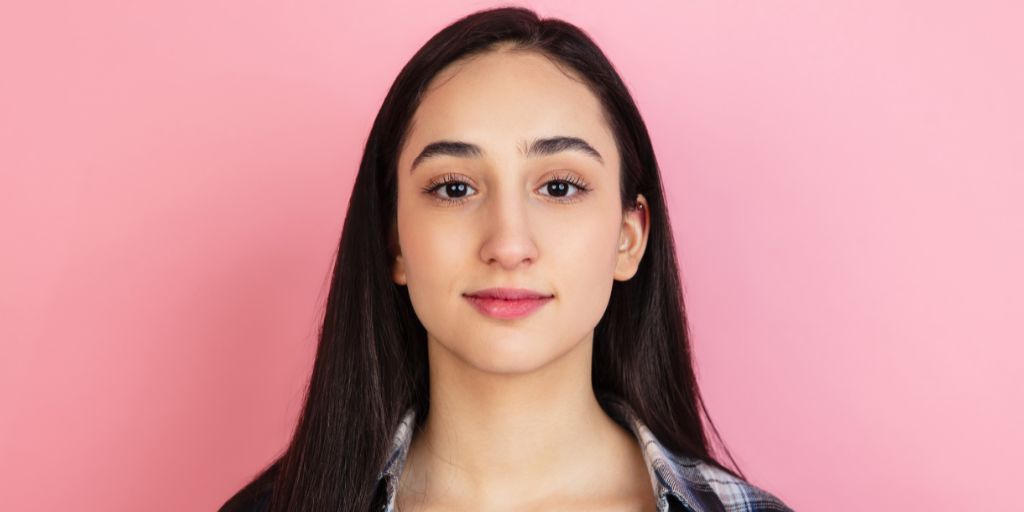
One prevalent error I often observe in headshot photography is what I term ‘extreme posing.’ This occurs when, for instance, the photographer directs the client to turn their body with one shoulder nearly facing the camera and simultaneously turns their head, resulting in an unnatural and strained pose. It also happens when the photographer instructs the client to lean excessively towards the camera, risking instability and then shoots from an exceedingly elevated angle. In most cases, it’s advisable to refrain from employing such exaggerated techniques.
Emphasize the Jawline
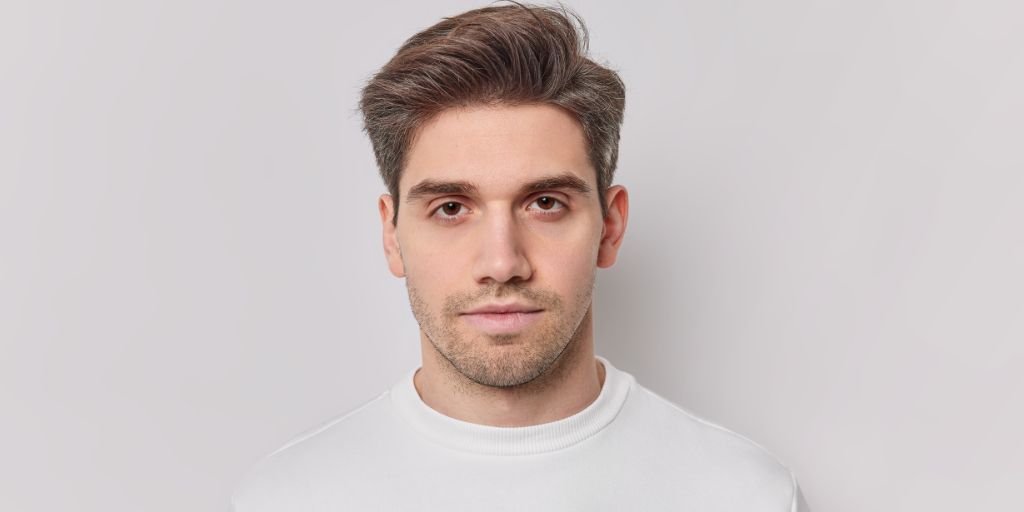
It’s a game-changer that can drastically enhance the appearance of any face in your photographs, regardless of the person’s size or shape. It involves having the client push their forehead forward while keeping their head held high and tilting their chin slightly downward. This technique sometimes referred to as ‘turtling’ due to its resemblance to a turtle extending its head, creates separation between the jaw and neck, resulting in an instant improvement of the jawline.
While some may think this technique is primarily for eliminating the appearance of a double chin, the reality is that it’s beneficial for everyone, even those with well-defined jawlines. This method not only imparts a slimming effect but, even with clients in excellent physical condition, it accentuates the jawline and produces more compelling images. Once the jawline is prominent, you can guide them to adjust their nose position or gently tilt their head, allowing you to explore and discover their most flattering angle.
Avoiding ‘Say Cheese’
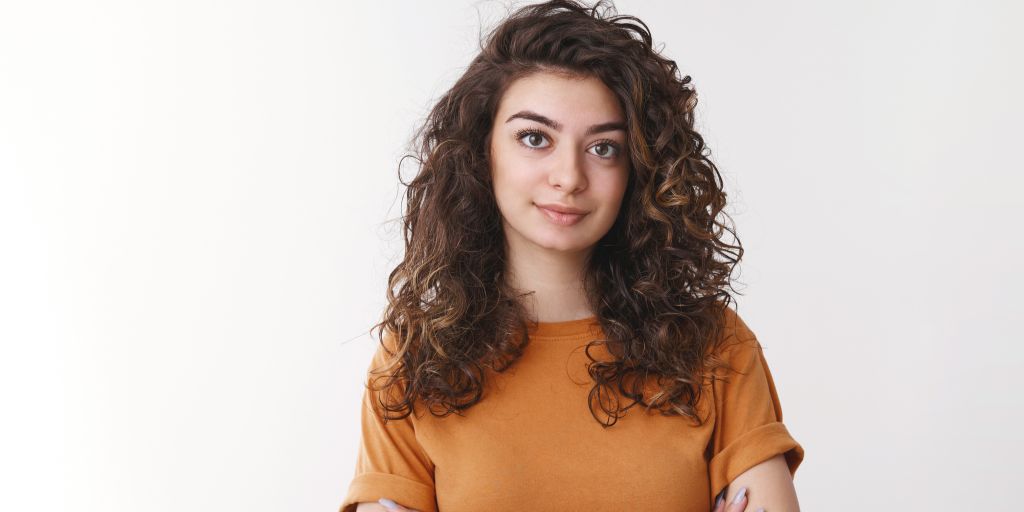
Many people feel self-conscious when facing a camera, and their discomfort intensifies the moment they lock eyes with your lens. The last thing you want to do is instruct them to smile, utter ‘cheese,’ or maintain an awkward silence while fiddling with your camera as tension fills the room. These actions are almost guaranteed to yield uncomfortable results or forced, insincere smiles.
It’s essential to remember that the most accomplished headshot photographers aren’t just masters of lighting; they are skilled at eliciting a natural, captivating expression from their clients that draws viewers into the image. Your role as a headshot photographer is to help them forget about the camera’s presence, facilitating the emergence of a genuine expression.
Use a Simple, Flattering Light and Backdrop
If you’re new to headshot photography and have explored YouTube tutorials, you’ve likely encountered a dizzying array of lighting setups, ranging from basic one-light configurations to more complex arrangements involving multiple lights and reflectors surrounding the subject. My recommendation is to begin with a straightforward, even, and flattering light setup that appeals to a broad audience.
One of the most effective simple setups is parallel lighting. This approach involves placing two lights, one on the left and one on the right of your subject, with each light slightly angled toward the opposite shoulder. The lights run parallel to each other and are perpendicular to the floor, meaning they’re not aimed directly at the client’s face. Parallel lighting is relatively easy to implement, and because it minimizes shadows on the face, it creates very flattering light that can help reduce the appearance of fine lines and imperfections.
Moreover, by adjusting the angle of the lights, you can achieve various looks with this setup. The more you angle the lights away from the client’s face (feathering), the greater the falloff on both sides of the face, allowing for dramatic effects. However, in most cases, using this pleasing light setup in conjunction with the other tips in this article will leave your clients extremely satisfied.
Final Thoughts
Headshot photography offers an incredibly gratifying career path, both in terms of financial rewards and artistic fulfillment, for those willing to invest the time and effort needed to excel in their market. In my view, much of the credit for the revitalization of the headshot genre goes to Peter Hurley.
He not only redefined headshot photography, making it trendy and appealing, but also, through the Headshot Crew, he has provided a blueprint for success that has enabled numerous photographers, including myself, to transform a hobby into a viable and enjoyable profession. Personally, there’s no greater satisfaction than witnessing a client’s face light up, often for the first time in their life, upon seeing their headshot.

